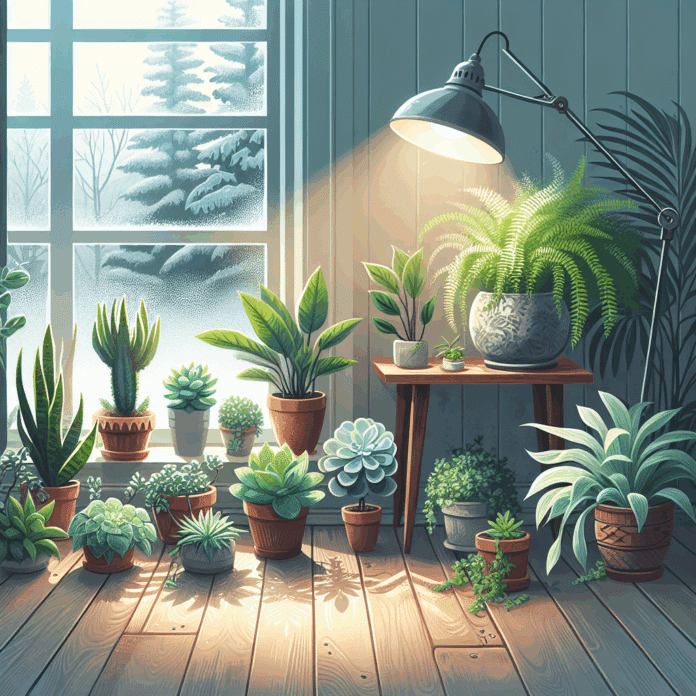The arrival of the coldest and darkest months of the year represents a real challenge for indoor plant lovers. Seasonal changes affect not only the amount of sunlight available, but also the frequency and amount of watering that plants require, which can have serious repercussions if the care is not properly adapted.
Experts in botany warn about the dangers posed by the combination of low temperatures and poor lighting for species that require warm and well-lit environments. Plants such as orchids and Monstera are particularly vulnerable to these variations. With the drop in temperatures, its metabolism slows down, thereby reducing its need for water. Overwatering under these conditions could cause waterlogging and lead to root rot.
Moreover, the lack of light during the winter can cause plants to stretch in search of sun, which weakens them and makes them more susceptible to pests and diseases. The solution requires attention and adaptation. Carefully observing the plants and adjusting the watering according to their current state is a good practice. Tools such as a moisture meter or simply sticking a finger into the soil can indicate when it is really necessary to water.
Although artificial lights can supplement the lack of sun, experts suggest locating the plants in the sunniest areas of the house and rotating them periodically to ensure balanced growth. Maintaining a constant temperature is also crucial; it is recommended to avoid placing the plants near cold drafts or heating sources, as both extremes can be detrimental.
In summary, the care of houseplants during the cold seasons requires a commitment from the owner to observe and adapt to the changing needs of each species. With the proper adjustments regarding watering and light conditions, it is possible to keep them healthy and vibrant, even in the darkest months.



